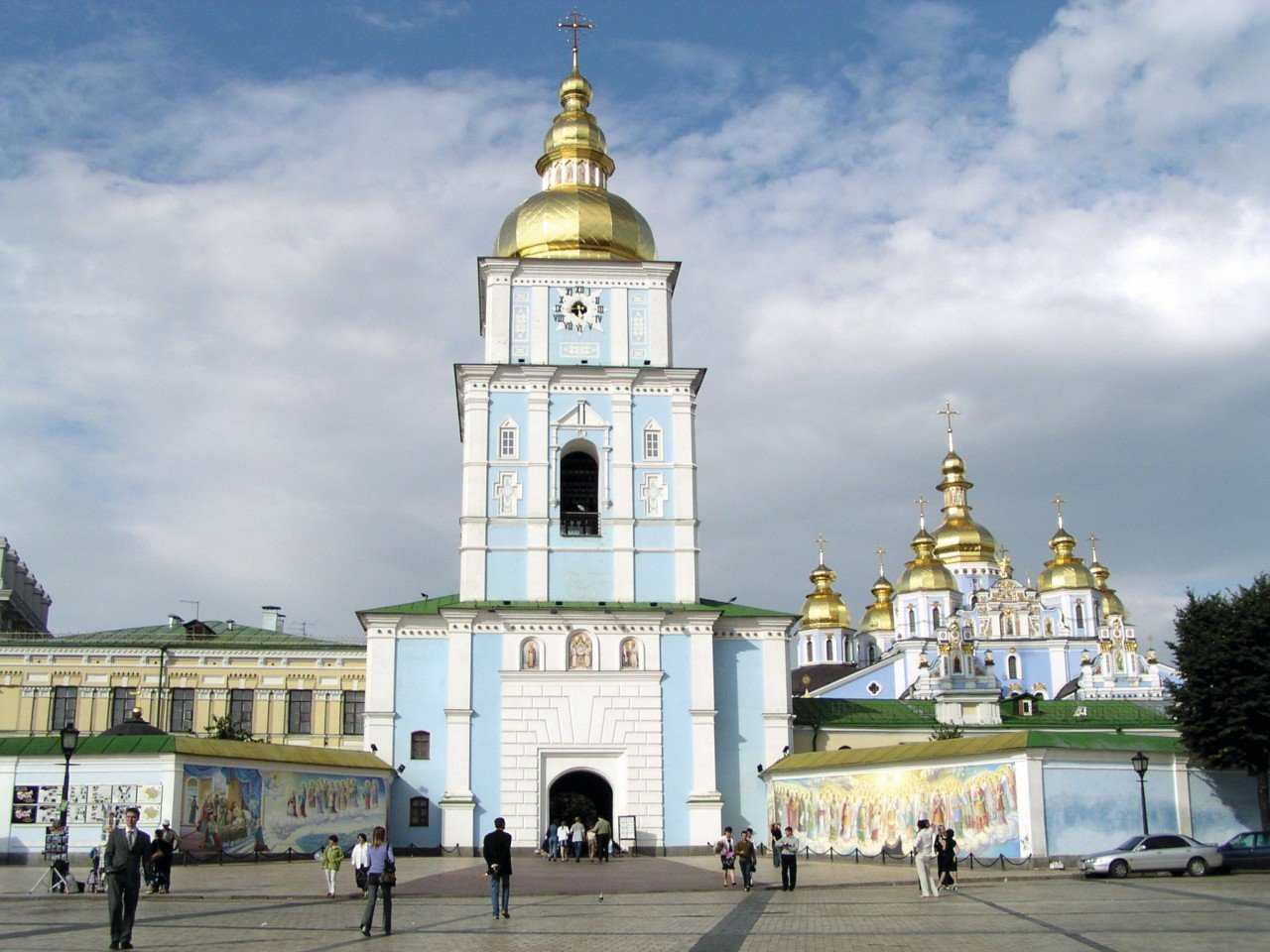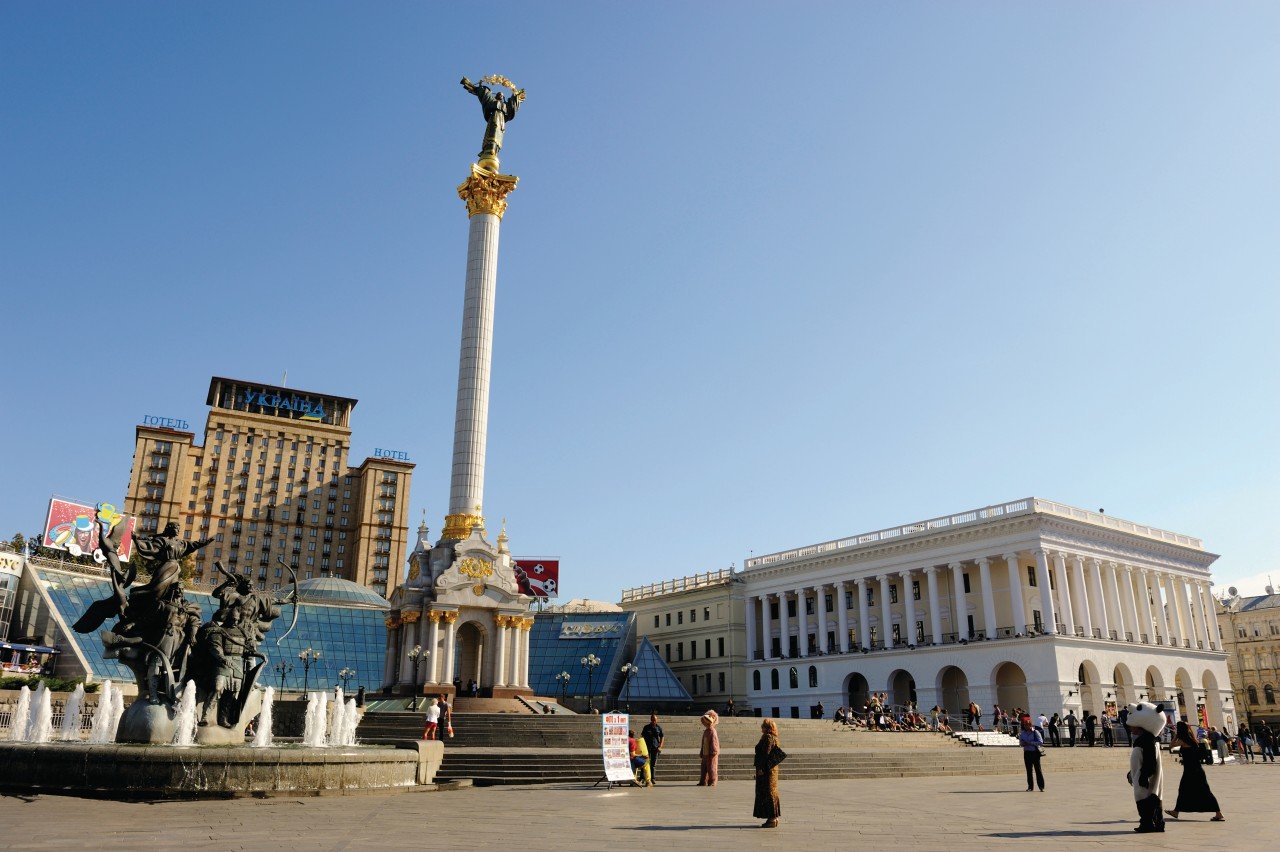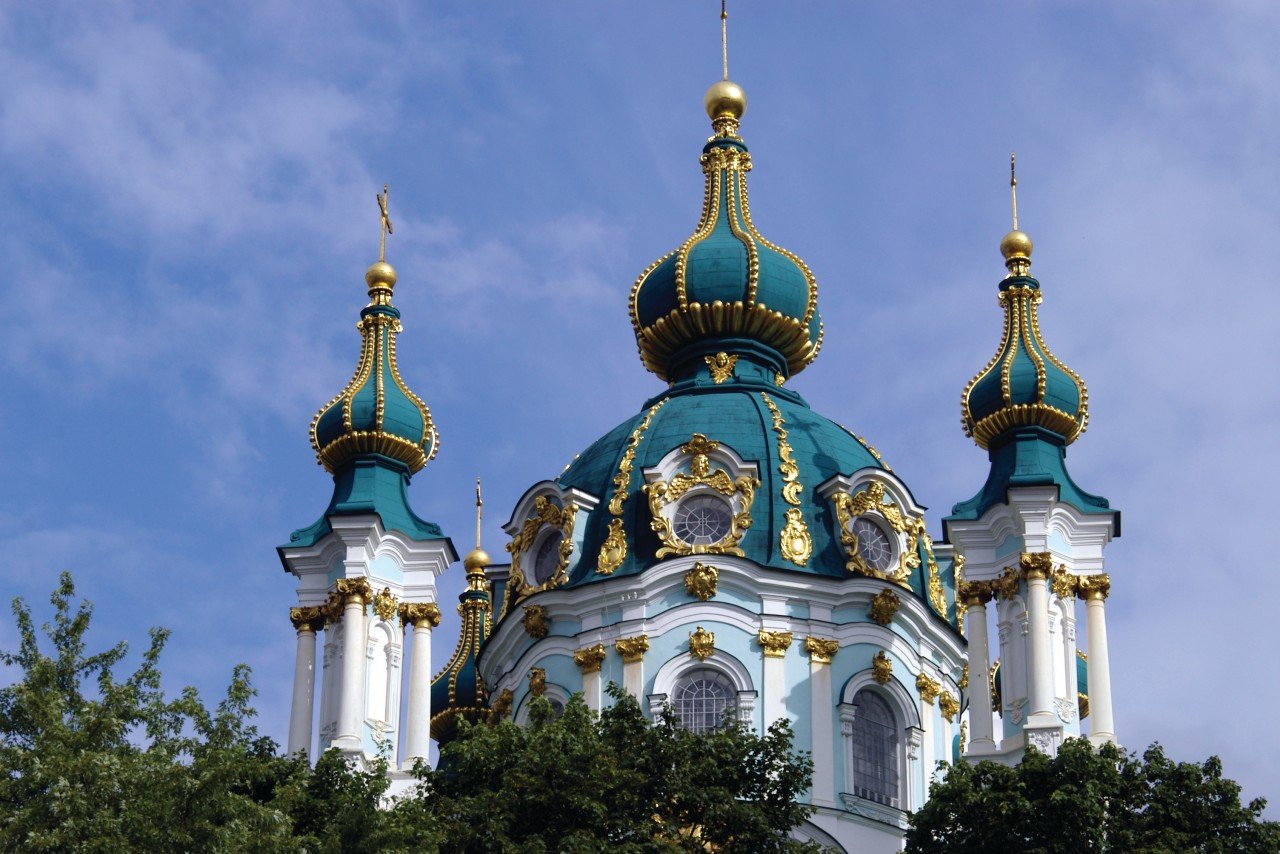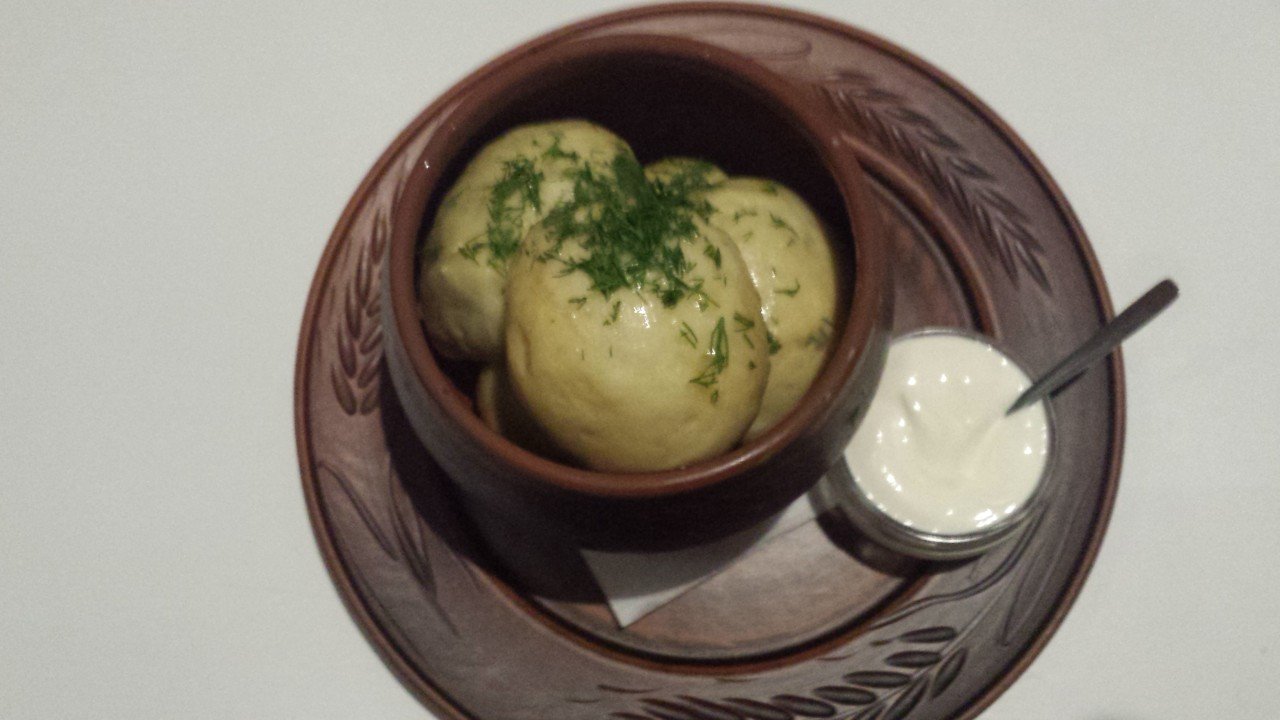From Kiev to Poltava, these 7 Ukrainian days will allow you to visit the west and east of the country.
Day 1: Arrival in Kiev and visit of the city
Day 2: Historical Kiev
Day 3: Religious Kiev
Day 4: Arrival in Poltava
Day 5: History and Poltava
Day 6: Poltava, artist town
Day 7: Return to Kiev
 ©Stéphan SZEREMETA
©Stéphan SZEREMETA
A stroll through the old town: visit the Cathedral of Saint Sophia, home to superb frescoes, which is undoubtedly the most beautiful religious building in the capital. Opposite, another place of worship, St. Michael's Cathedral, one of the oldest monasteries in Kiev. After the cathedral, head for Khreshchatyk, the city's main street, full of trendy shops, bars and restaurants. The avenue leads to the Independence Square (Madan Nezalezhnosti), the main stage of the country's political and social life in recent years, but also one of the most lively places in the city. Many concerts are offered throughout the year. Ukrainian ice cream and specialty shops offer you their best delicacies. On the same avenue, turn right at the ZUM department store - Galeries Lafayette made in Kiev -, walk down Volodymyrska Street. You will discover superb buildings dedicated to culture and art.
 ©Patrice ALCARAS
©Patrice ALCARAS
A few metres away are the Golden Gates (Zoloti vorota), the city's ancient ramparts dating back to the 11th century. Continue up to the Saint-André descent (Andriyvsky Ouzviz), the most artistic descent in the capital. At the very top of the alley, we arrive at Saint-André church and the medieval Richard the Lionheart castle. Further on, the Musée de la rue, dedicated to the history of the Saint-André descent and its inhabitants. Down the street, you can visit one of the most original museums in Ukraine - the house of the writer Bulgakov, where a talented scenographer has recreated the moods of the writer's various novels, as well as the different "atmospheres" of his life... Nicknamed the Ukrainian Montmartre, because of the many artists who exhibit watercolours and sculptures there every weekend, this street is full of sympathetic art galleries. Going down the street, you arrive in the Podil district, in Kontraktova Ploshchad, one of the oldest squares in the city where the oldest faculty in the country, the Mohyla Academy of Kiev, founded in 1632, is located.
 ©Stéphan SZEREMETA
©Stéphan SZEREMETA
Discover the capital's main boulevards (Shevchenko Boulevard and Khmelnytsky Boulevard) via St. Volodymyr Cathedral, the headquarters of the Patriarchate of Kiev. Before leaving Kiev, spend a day visiting the Pechersk Lavra, the Orthodox monastery built in 1051 by the monks Antoni and Feodosi. It is made up of many churches, one of which has a passage leading to the catacombs where the mummies of clergymen are buried. The descent into the caves is made by a very narrow staircase, in a solemn and spiritual atmosphere where everyone, equipped with a small candle, comes to lay his most dear prayer with the monks. After visiting the Laure, continue until you reach (Rodina monument à la Mère PatrieMat'). Built in memory of the 1941-1945 war, this statue dominates the Dnieper River and reaches 102 metres.
Located on the eastern route of Ukraine, the Poltava region is endowed with an exceptional charm that distinguishes it from other cities in the country. Thanks to its immense forests and mild climate, the region attracts tourists from all over the world who want to enjoy its landscapes and discover the true Ukrainian countryside as described in the works by Nikolai Gogol and Tarass Shevtchenko. The city of Poltava is known for its battle of 1709, which marked the defeat of Swedish troops against the Russian army.
 ©Maryna LOGVYNENKO
©Maryna LOGVYNENKO
Start your discovery of the city with the Monument of Glory. Built from period cannons, this monument pays tribute to the fallen soldiers and honours the boldness of Peter the Great's army. Corpousny Park, adjacent to the monument, will allow you to stop and contemplate the monument. Further on, the Poltava Battle Museum will provide even more information about this period of history. Continue to Place Ronde, which houses eight remarkable buildings in a classic style. The White Rotunda (Bila Besidka) was inaugurated on the occasion of the bicentenary of the Poltava War. From here, a splendid view opens onto the surroundings of Poltava and the monastery of the Cross (Khrestovozdvyzhensky monastyr). On Mazurivska Street, you will see Uspensky Cathedral, destroyed in 1934 by Soviet government order and completely rebuilt in 2004. Don't miss the Galushka monument, erected in honour of the dumpling of dough that is so common in local cuisine, especially in soups.
The city was largely sung by many writers who often stayed in Poltava. The manor of Ivan Kotliarevsky, founder of the Ukrainian literary language, the statue of Maroussia Tchoura, Ukrainian poet, the monument of Nikolai Gogol and the aisle of its folk characters and the theatre of Poltava will allow you to know the traditional culture of the country. Take a day to visit the famous Dykanka village. Its exceptional natural setting composed of old oaks and rivers was often described by Nikolai Gogol. The warm welcome of its inhabitants will not leave you indifferent and will help to gain a better understanding of local identity.
Back in the Ukrainian capital. Departure.




Each Travel Idea is customizable according to your wishes

